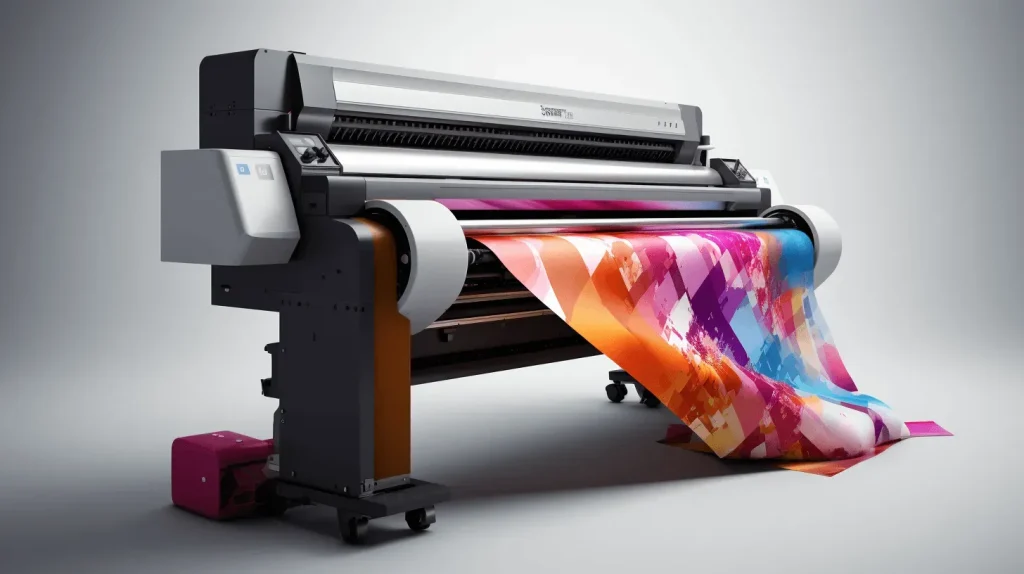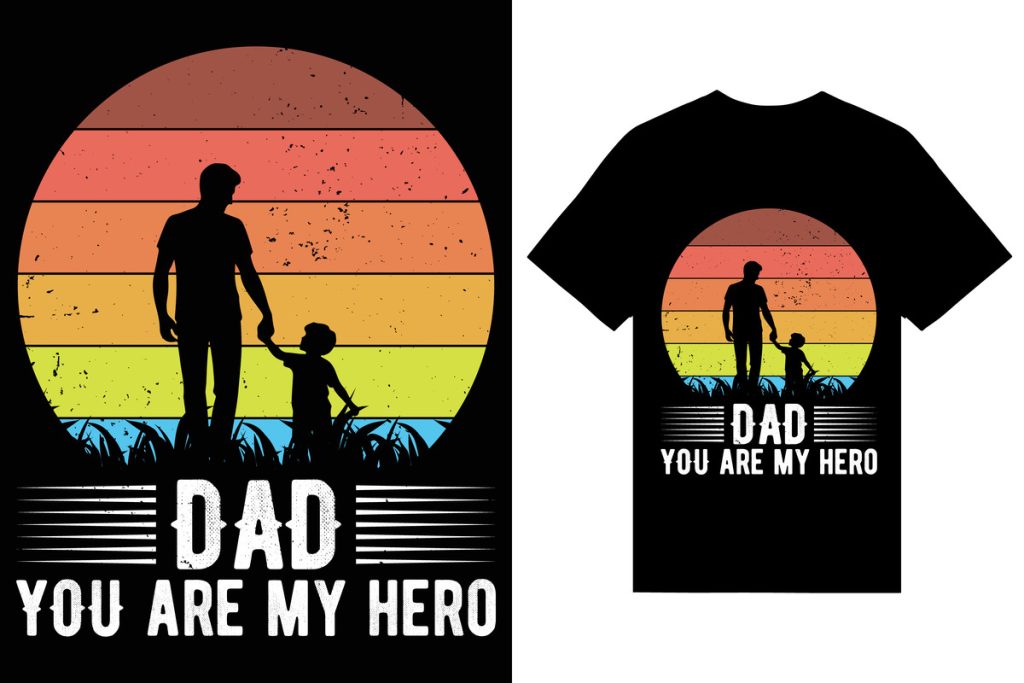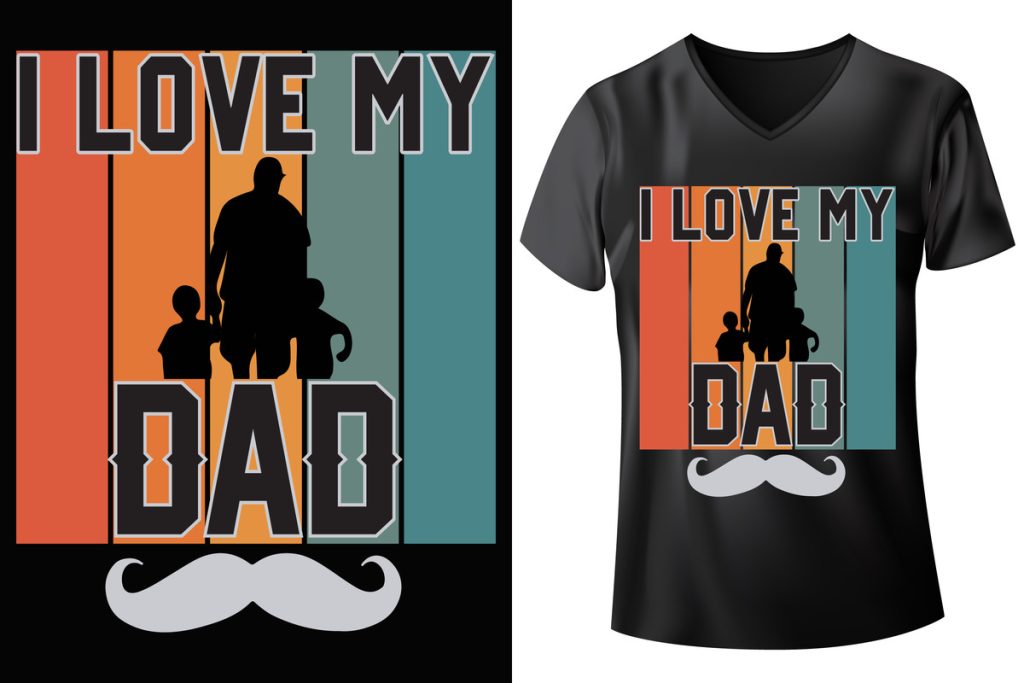DTF printing, or Direct-to-Film printing, has emerged as a groundbreaking method in the realm of custom apparel printing, providing a streamlined and effective way to produce eye-catching designs. This innovative technique allows for vibrant colors and intricate details to be printed on a special film before being transferred onto fabrics, making it ideal for various textile materials. As the popularity of DTF printing grows, many designers and businesses are eager to explore its advantages, especially in today’s fast-paced fashion landscape. This guide dives into essential DTF printing tips and techniques that will empower you to make the most of this remarkable technology. By understanding DTF printing better, you’ll be equipped to create high-quality prints while implementing sustainable printing practices that resonate with eco-conscious consumers.
In the world of custom garment creation, Direct-to-Film technology stands out as a transformative solution for designers and entrepreneurs alike. Utilizing advanced transfer methods, DTF printing excels at producing stunning graphics on textiles with vibrancy and precision. This approach not only enhances the aesthetic appeal of garments but also addresses the rising demand for sustainable and eco-friendly printing options in the industry. As we explore various DTF printing techniques and share valuable insights, you’ll discover how this modern method can cater to your artistic vision while promoting environmentally responsible practices. Embracing this innovative printing solution can set your custom apparel apart in a competitive marketplace.
The Key Advantages of DTF Printing
DTF printing, or Direct-to-Film printing, boasts several key advantages over traditional methods like screen printing. One of the standout benefits is the ability to produce high-quality prints with vibrant colors and intricate details. This technique allows for designs to be transferred to various fabrics, including cotton and polyester, making DTF an ideal choice for custom apparel printing. Additionally, DTF’s compatibility with different materials broadens design possibilities, appealing to a wider range of clients.
Another significant advantage of DTF printing is its efficiency, particularly for small and medium-sized businesses. With DTF, there is no need for complex setups or the large quantities typically required for screen printing. This flexibility enables businesses to offer short-run designs or on-demand prints, catering to customer desires for personalized apparel. Moreover, DTF printing is cost-effective in terms of setup, speeding up turnaround times, which is essential in today’s fast-paced market.
Essential DTF Printing Tips for Beginners
For newcomers to DTF printing, understanding the basics is crucial to producing successful prints. Start by focusing on selecting the right equipment, which includes a high-quality inkjet printer designed for DTF processes and a reliable heat press machine. Investing in these tools can significantly impact the quality of your prints. Additionally, familiarize yourself with the settings on your printer to get the best results, as proper resolution and ink settings are foundational to achieving vibrant outcomes.
A vital tip for beginners is to practice color management strategies. Always test print colors on your chosen fabric to ensure accuracy and vibrancy, as colors can appear differently on screen versus fabric. Moreover, experimenting with different film types and heat press settings can help determine the optimal conditions for your specific designs. Keeping detailed notes on your successful prints will create a valuable reference for future projects.
Understanding DTF Printing Techniques
To master DTF printing, it’s essential to grasp various printing techniques that can elevate your output quality. Start by ensuring that your designs are created at high resolutions, ideally 300 DPI or higher. This ensures clarity and precision in the final transfer. Understanding how to manage colors effectively through calibration will also enhance the accuracy of your designs when printed on fabric.
Layering techniques can also greatly enhance the visual appeal of your prints. DTF printing allows for multiple layers, which can be combined to create unique textures and effects, such as gradients or embossing. Experiment with these techniques on test fabrics to see how different powders interact and influence the overall design. You can create standout custom apparel that attracts customers and showcases your creative skills.
Choosing the Right DTF Printing Supplies
Selecting the appropriate supplies for DTF printing is critical to achieving successful results. High-quality water-based inks are essential, as they not only produce vibrant colors but are also eco-friendly, aligning with sustainable printing practices. It’s advisable to source these inks from reputable suppliers to avoid problems like poor adhesion or fading. The selection of the right film is equally important; ensure compatibility with your printer and that it meets the durability requirements for various fabric types.
In addition to inks and films, don’t overlook the importance of adhesive powders used in DTF printing. These powders play a pivotal role in ensuring that the print adheres to the fabric during the transfer process. Proper application and curing techniques are vital for achieving strong, long-lasting images. Investing in quality supplies will make a notable difference in your overall print quality and the longevity of the garments.
Post-Transfer Care for DTF Printed Garments
Once your DTF printed garments are complete, providing customers with proper care instructions is essential for preserving quality. Advise them to wash printed items in cold water and to avoid using tumble dryers, as heat can damage the print. Air drying is the preferred method, which will protect both the fabric and the printed design, ensuring longevity and satisfaction.
Additionally, encouraging customers to turn garments inside out before washing can further protect the print. Providing detailed care instructions not only enhances customer experience but also reduces the likelihood of complaints due to wear and tear from improper laundering. This focus on quality care reflects well on your brand and fosters a loyal customer base.
Future Trends in DTF Printing
As DTF printing technology continues to advance, the industry is witnessing exciting trends, particularly focused on sustainability. The push towards eco-friendly practices, such as using biodegradable films and inks, is becoming increasingly important among consumers who value environmentally responsible products. As a result, businesses are adapting to these demands by integrating sustainable practices into their operations, thereby enhancing their market appeal.
Moreover, companies are investing in research and new technologies that improve printing speed and quality. These advancements will further democratize custom apparel printing, making it accessible for smaller businesses to compete in the marketplace. Staying informed about these emerging trends will be crucial for those in the DTF printing industry, enabling them to innovate and meet the evolving preferences of environmentally conscious consumers.
Frequently Asked Questions
What is DTF printing and how does it work?
DTF printing, or Direct-to-Film printing, is a modern technique that transfers printed designs from a special film onto fabrics. The process involves printing an image onto a film using specialty water-based inks, applying a powder adhesive, and then using a heat press to firmly attach the design to the fabric. This method is popular for its ability to produce vibrant and intricate prints on various materials.
What are some essential DTF printing tips for beginners?
For beginners in DTF printing, it’s crucial to invest in high-quality inkjet printers and heat presses. Ensure your designs are created at a resolution of 300 DPI for clarity. Use films specifically designed for DTF applications to enhance color vibrancy and durability. Experiment with adhesive application and post-transfer care to maintain print quality and longevity.
What types of materials are suitable for DTF printing?
DTF printing works well on a variety of materials, including cotton, polyester, and blended fabrics. Its versatility allows it to cater to different apparel types, making it suitable for fashionable items, promotional wear, and custom gifts. The choice of fabric can also affect the vibrancy and lifespan of the print.
What are the key techniques for achieving high-quality DTF prints?
To achieve high-quality DTF prints, focus on resolution and color management. Create designs at high resolutions (ideally 300 DPI) and use color management tools to ensure accurate reproduction. Layering effects, such as embossing and gradients, can add depth to your prints, while experimenting with different powders can enhance texture.
How can I ensure my DTF prints are durable and last longer?
To ensure durability in your DTF prints, use high-quality materials, including specialty DTF film and water-based inks. After transfer, provide proper care instructions, like washing in cold water and air drying. Avoid using heat sources during drying, as they can compromise the print’s integrity. Additionally, following the right curing techniques during the transfer process can enhance longevity.
What makes DTF printing a sustainable option for custom apparel?
DTF printing is considered a sustainable option due to its use of water-based inks that are eco-friendly and minimize harmful emissions. Furthermore, advancements in recyclable films and sustainable printing practices are increasingly being integrated into DTF processes. This makes DTF printing an appealing choice for environmentally conscious businesses looking to reduce their ecological footprint.
| Key Components | Description | Importance | |
|---|---|---|---|
| Printers | High-quality inkjet printers with specialty DTF inks. | ||
Summary
DTF printing stands as a revolutionary technique in the custom apparel industry, combining innovative processes with high-quality results. This guide has illuminated the essential aspects of DTF printing, from the critical equipment selection to the nuanced techniques involved in achieving vibrant and durable prints. Understanding these elements not only prepares designers and businesses for effective implementation but also positions them advantageously within a competitive market. As the demand for custom apparel continues to rise, mastering DTF printing will enable creators to deliver unique and quality products that resonate with consumers.



